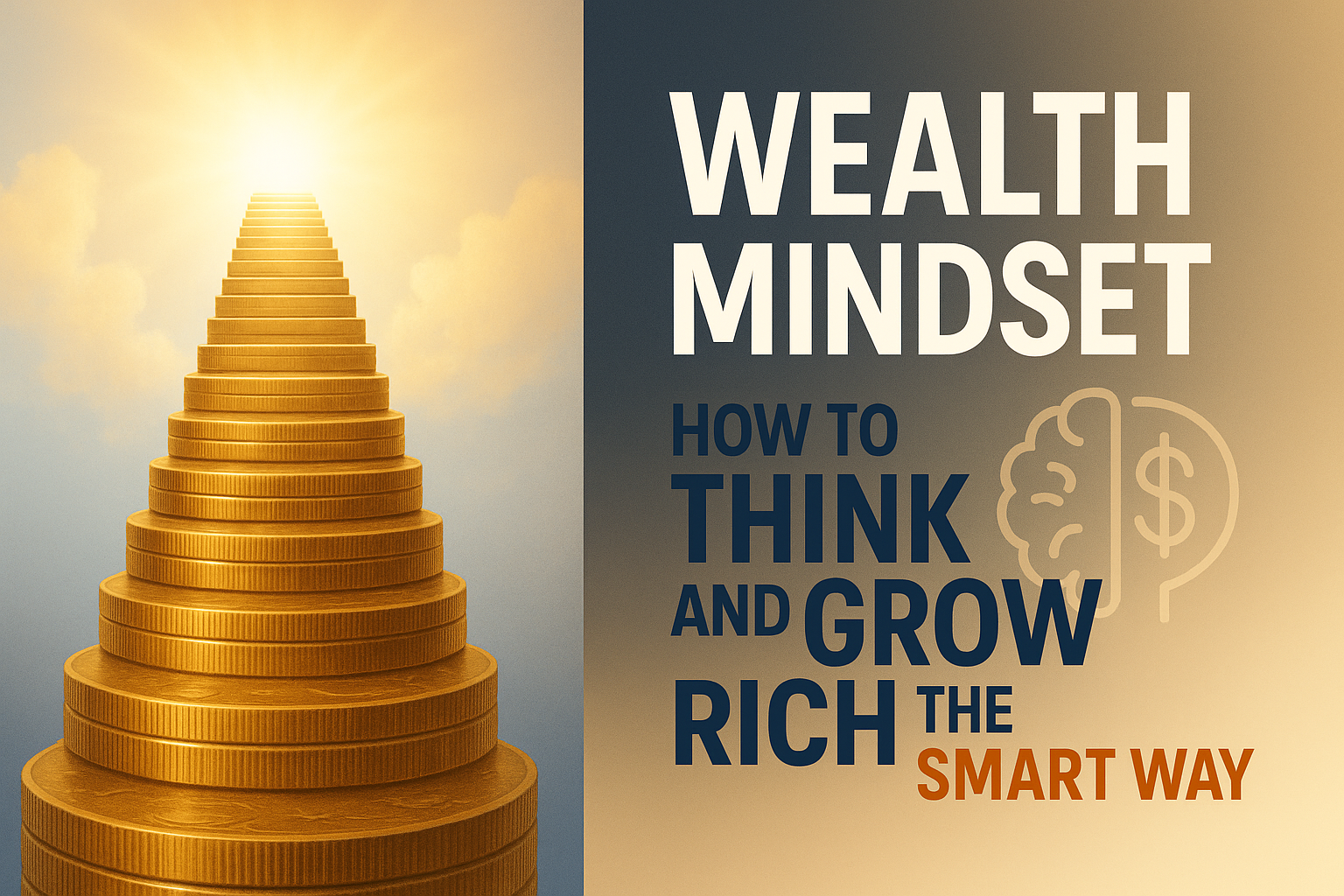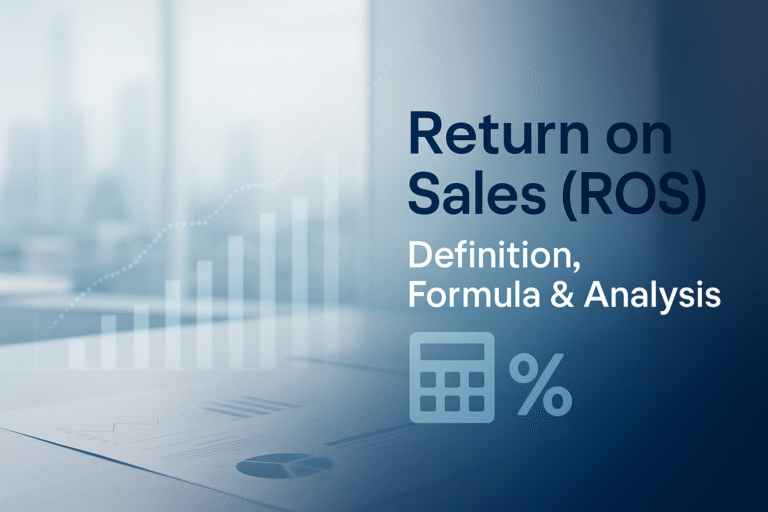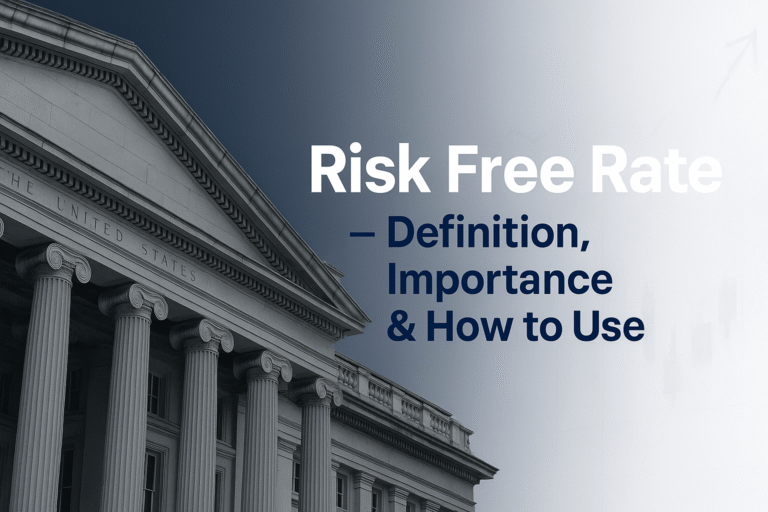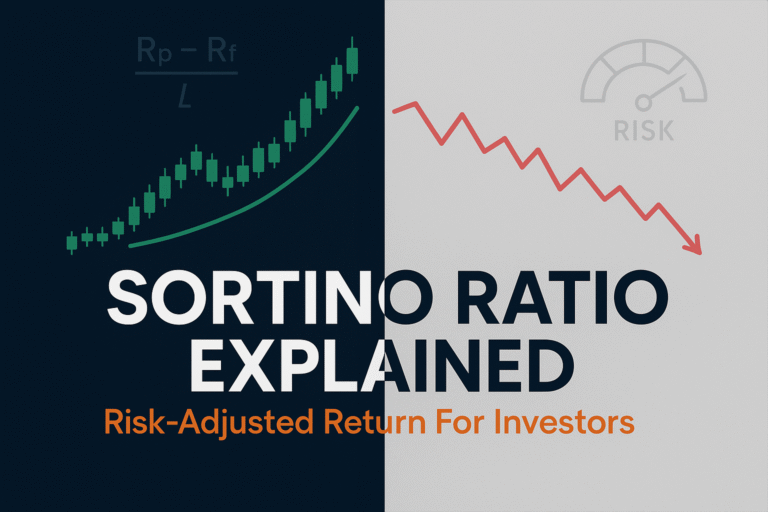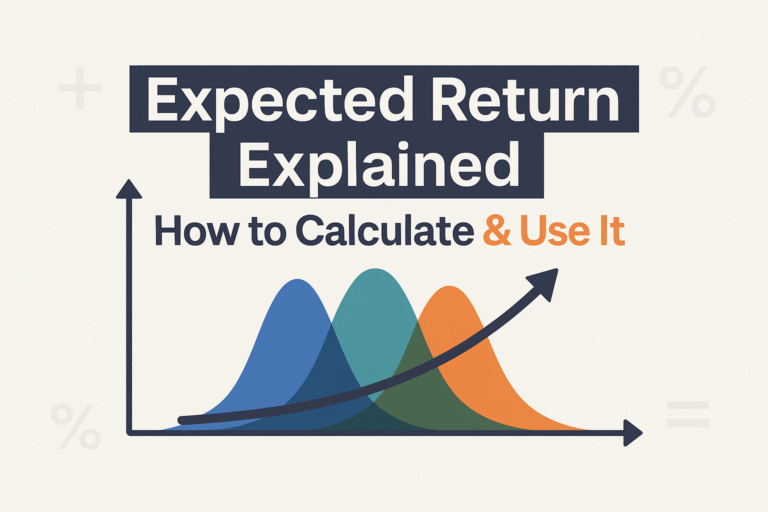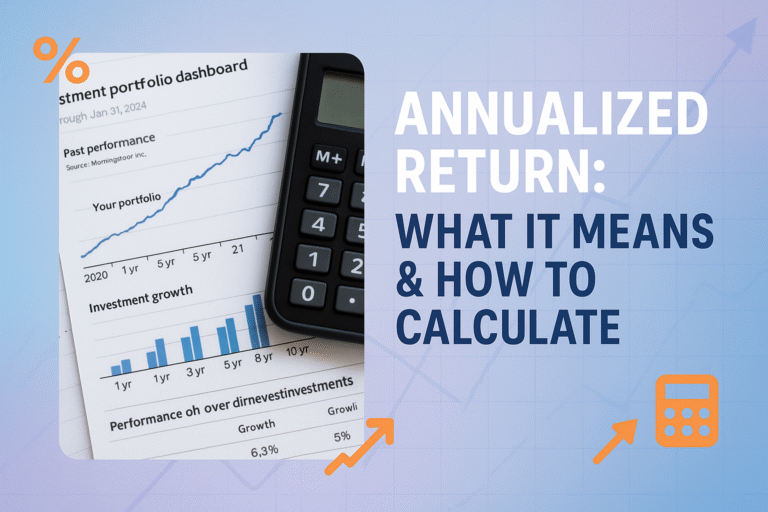Picture this: Two people receive the same $50,000 inheritance. One invests it wisely and watches it grow into a comfortable retirement fund. The other spends it on a luxury car that depreciates the moment they drive it off the lot. What’s the difference? It’s not luck, education, or even intelligence; it’s their wealth mindset.
The way you think about money shapes everything from your daily spending habits to your long-term financial success. A wealth mindset isn’t about being greedy or obsessed with money; it’s about understanding how wealth works and making smart decisions that compound over time. Whether you’re just starting your financial journey or looking to level up your money game, developing the right mindset is your foundation for lasting prosperity.
Key Takeaways
- A wealth mindset focuses on building assets rather than just earning income—it’s about what you keep and grow, not just what you make
- Your beliefs about money directly impact your financial outcomes—limiting beliefs create self-fulfilling prophecies that keep you stuck
- Wealthy thinkers see opportunities where others see obstacles—they invest in appreciating assets and understand how the stock market works
- Financial education is a continuous journey—the more you learn about money, investing, and wealth-building, the better decisions you make
- Time and consistency beat timing and intensity—small, smart decisions made consistently create exponential wealth over decades
What Is Wealth Mindset?
A wealth mindset is a way of thinking that prioritizes long-term financial growth over short-term gratification. It’s the mental framework that separates those who build lasting wealth from those who struggle paycheck to paycheck, regardless of income level.
Think of it this way: Someone with a poverty mindset sees a $1,000 windfall and thinks, “What can I buy?” Someone with a wealth mindset thinks, “How can I make this $1,000 work for me?” Medium
The Core Principles of Wealth Thinking
Abundance vs Scarcity
Wealthy thinkers operate from abundance. They believe there’s enough opportunity for everyone and that creating value for others creates wealth for themselves. Scarcity thinkers, on the other hand, see the world as a zero-sum game where someone else’s gain is their loss.
Assets Over Liabilities
Robert Kiyosaki famously said, “The rich buy assets; the poor buy liabilities they think are assets.” A wealth mindset means understanding the difference. Your primary residence? That’s a liability (it costs you money each month). Rental property that generates cash flow? That’s an asset.
Growth-Oriented Learning
People with a wealth mindset are voracious learners. They read books, take courses, study smart moves that successful investors make, and constantly upgrade their financial knowledge. They know that the best investment is always in themselves. Raymond James
The Psychology Behind Wealth Building
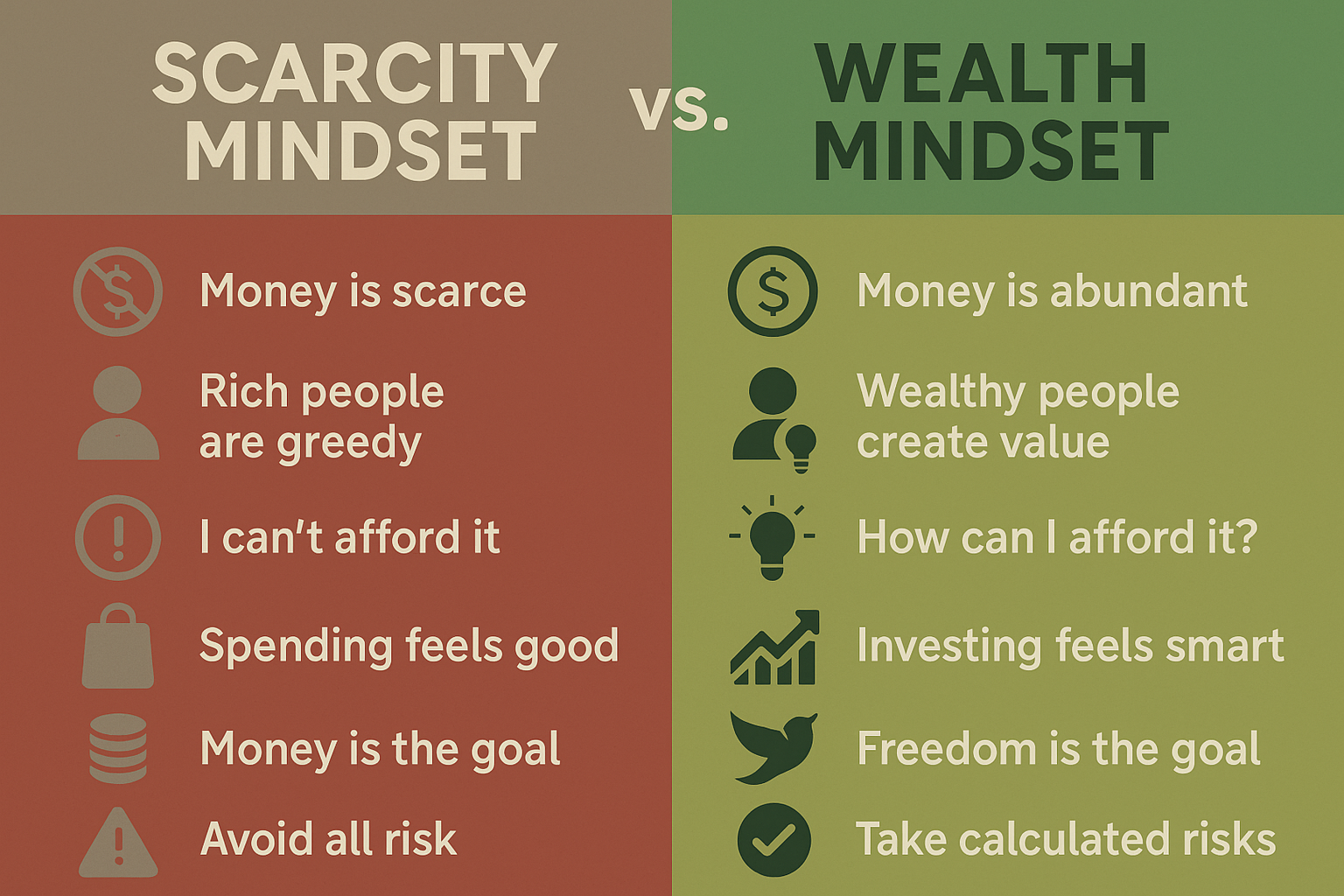
Your relationship with money started forming in childhood. Maybe you grew up hearing “money doesn’t grow on trees” or “rich people are greedy.” These early messages become the invisible scripts that run your financial life. Wikipedia
Breaking Free from Limiting Beliefs
Here’s the truth: Your current financial situation is largely a reflection of your money beliefs. If you believe “I’m just not good with money,” guess what? You’ll find evidence to support that belief every day.
Common limiting beliefs include:
- “Making money requires working harder and longer hours.”
- “Investing is too risky for someone like me.”
- “You need money to make money”
- “Wealthy people got lucky or did something unethical.”
- “I don’t deserve to be wealthy.”
The first step in developing a wealth mindset is identifying these beliefs and challenging them. Replace “I can’t afford it” with “How can I afford it?” This simple shift opens your brain to problem-solving mode instead of shutting down possibilities.
The Role of Delayed Gratification
Stanford’s famous marshmallow experiment revealed something profound: Children who could delay gratification (wait for two marshmallows instead of eating one immediately) went on to achieve greater success in life.
Wealth building is essentially a grown-up version of that marshmallow test. Can you skip the daily $6 latte to invest that money instead? Can you drive a reliable used car while your peers finance luxury vehicles? Can you live below your means while building your investment portfolio?
The answer doesn’t have to be all-or-nothing deprivation. It’s about conscious choices; spending lavishly on things you truly value while cutting ruthlessly on things you don’t.
How Wealthy People Think Differently About Money
Let’s get specific about the mental models that separate wealth builders from everyone else.
They Focus on Net Worth, Not Income
Someone earning $250,000 a year but spending $260,000 is poorer than someone earning $50,000 and saving $10,000. Wealthy thinkers track their net worth (assets minus liabilities) as their primary financial metric.
Your income is just a tool. What matters is how much you keep, how wisely you invest it, and how long you let it compound. Understanding why the stock market goes up over time helps wealthy thinkers stay committed to long-term investing despite short-term volatility.
They Understand the Time Value of Money
A wealth mindset recognizes that a dollar today is worth more than a dollar tomorrow, not because of inflation, but because of opportunity. That dollar invested today has time to compound.
Consider this: Investing $5,000 annually from age 25 to 35 (just 10 years, $50,000 total) and then stopping will yield more at age 65 than investing $5,000 annually from age 35 to 65 (30 years, $150,000 total) at a 10% return. That’s the power of time and compound interest.
They See Money as a Tool, Not the Goal
Here’s a paradox: The wealthiest people are often the least obsessed with money itself. They view money as a tool for creating freedom, impact, and options, not as the end goal.
This mindset shift is liberating. Instead of “I want to be rich,” try “I want financial freedom to spend time with my family” or “I want enough passive income to pursue my passion projects.” Money becomes the means, not the end.
They Embrace Calculated Risk
Notice the word “calculated.” Wealthy thinkers don’t gamble; they take educated, strategic risks after doing their homework. They understand that avoiding all risk is actually the riskiest strategy of all because inflation and opportunity cost erode your purchasing power.
They also understand the cycle of market emotions and know that the best opportunities often appear when everyone else is fearful. They know why people lose money in the stock market and avoid those mistakes.
Building Your Wealth Mindset: Practical Steps
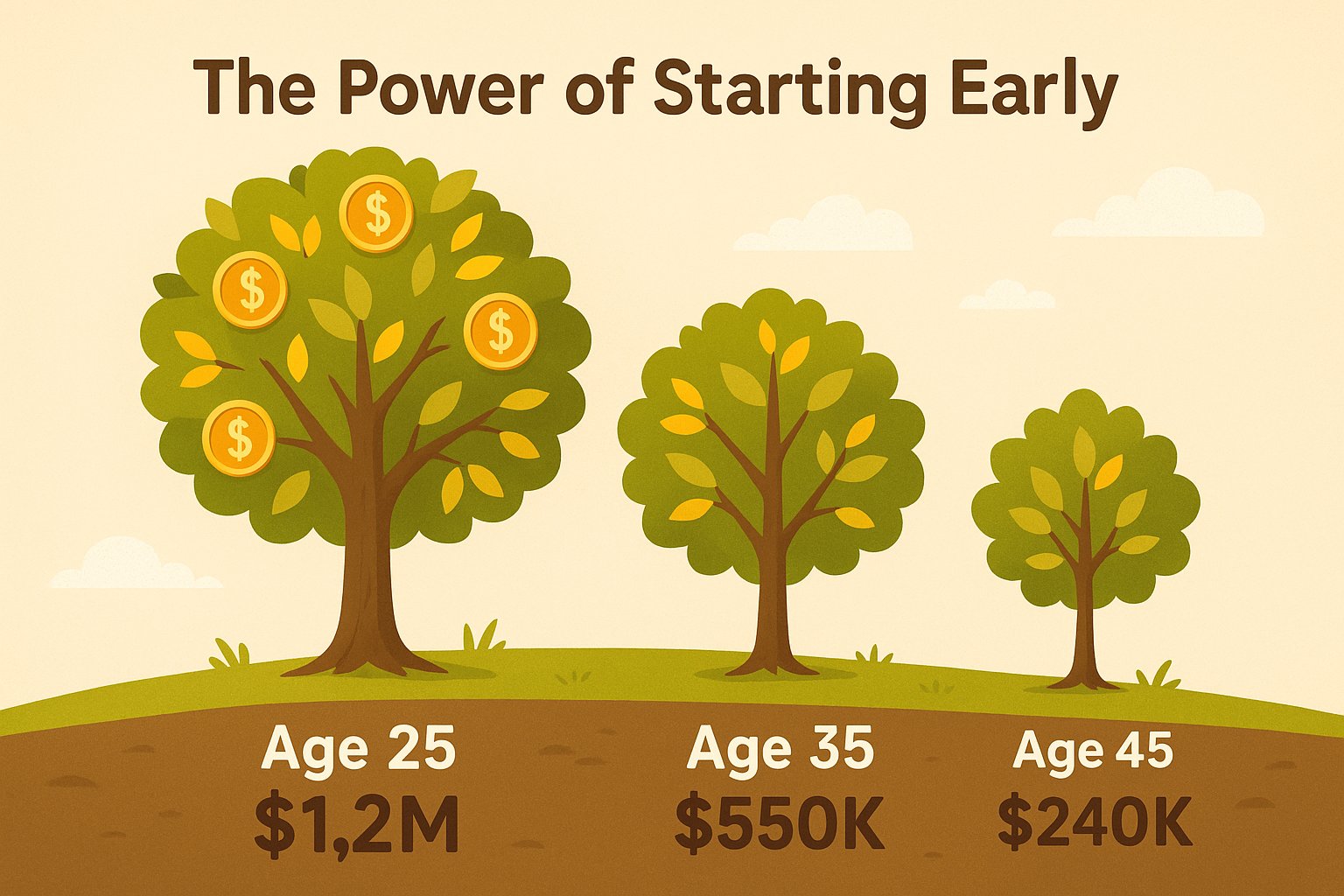
Knowledge without action is just entertainment. Here’s how to actually develop a wealth mindset starting today.
Step 1: Audit Your Money Story
Spend 30 minutes journaling about these questions:
- What did your parents teach you about money?
- What’s your earliest money memory?
- What do you believe about wealthy people?
- What’s your biggest fear around money?
- If you had unlimited wealth, what would you do differently?
Your answers will reveal the hidden beliefs driving your financial decisions.
Step 2: Immerse Yourself in Financial Education
Your network and information diet shape your mindset. Start consuming content that expands your financial thinking:
- Read books like “Think and Grow Rich,” “The Millionaire Next Door,” and “The Psychology of Money.” Wikipedia
- Follow financially successful people who share your values
- Listen to investing podcasts during your commute
- Take online courses on personal finance and investing
- Join communities focused on wealth building
The goal isn’t just information, it’s transformation. Let these resources challenge your assumptions and expand what you believe is possible.
Step 3: Start Tracking Your Net Worth Monthly
What gets measured gets managed. Create a simple spreadsheet that lists:
Assets:
- Cash and savings
- Investment accounts (401k, IRA, brokerage)
- Real estate equity
- Business equity
- Other valuable assets
Liabilities:
- Credit card debt
- Student loans
- Car loans
- Mortgage balance
- Other debts
Your net worth is assets minus liabilities. Track this monthly and watch the trend line. Even if you’re starting with a negative net worth, seeing it improve each month creates momentum and reinforces your wealth mindset.
Step 4: Pay Yourself First Automatically
Wealthy people reverse the typical payment order. Instead of:
Income → Expenses → Savings (if anything’s left)
They do:
Income → Savings/Investments → Expenses (with what’s left)
Set up automatic transfers on payday that move money into:
- Emergency fund (until you have 3-6 months of expenses)
- Retirement accounts (401k, IRA)
- Taxable investment accounts
- Specific goal accounts (house down payment, etc.)
Start with whatever you can, even 5% of your income. The habit matters more than the amount initially.
Step 5: Build Multiple Income Streams
A wealth mindset recognizes that relying on a single income source is risky. Start exploring ways to diversify:
- Earned income: Your primary job
- Business income: Side hustle or entrepreneurship
- Investment income: Dividend investing through stocks
- Rental income: Real estate properties
- Royalty income: Creative work, intellectual property
- Interest income: Bonds, savings accounts
You don’t need all of these, but having 2-3 income sources creates resilience and accelerates wealth building. Learn about smart ways to make passive income that can work for you even while you sleep.
Step 6: Surround Yourself with the Right People
Jim Rohn famously said, “You’re the average of the five people you spend the most time with.” If your social circle constantly complains about money, mocks investing, and prioritizes consumption over saving, that’s your future unless you make a change.
This doesn’t mean abandoning old friends; it means intentionally adding financially minded people to your circle. Join investment clubs, attend financial workshops, or find an accountability partner with similar wealth-building goals.
Common Wealth Mindset Mistakes to Avoid
Even with good intentions, it’s easy to fall into these traps:
Mistake #1: Confusing Looking Rich with Being Rich
The person driving the $80,000 BMW might be drowning in debt, while the person in the 10-year-old Honda might be a millionaire. A wealth mindset values actual net worth over appearances.
As the saying goes: “Don’t buy things you don’t need with money you don’t have to impress people you don’t like.”
Mistake #2: Waiting for the “Perfect Time” to Start
There will never be a perfect time to start investing. There will always be economic uncertainty, personal challenges, or reasons to wait. Wealthy thinkers understand that imperfect action beats perfect inaction every time.
Starting small today beats starting big someday. Even $50 a month invested consistently will compound into meaningful wealth over decades.
Mistake #3: Following Get-Rich-Quick Schemes
A wealth mindset is patient and strategic. If something promises quick, easy money with little risk, it’s either a scam or has hidden risks you don’t understand.
Real wealth building is often boring: consistent saving, diversified investing, patience, and time. It’s not sexy, but it works.
Mistake #4: Neglecting Financial Education
Some people spend more time planning a vacation than planning their financial future. They outsource all financial decisions to others without understanding the basics themselves.
While professional advice has value, you should be the CEO of your own financial life. Understand the fundamentals of investing, taxes, insurance, and estate planning. Explore resources like our comprehensive blog to build your knowledge base.
Mistake #5: Letting Emotions Drive Investment Decisions
Fear and greed are the enemies of wealth building. Selling when the market crashes (fear) or chasing hot stocks (greed) destroys wealth.
A wealth mindset maintains emotional discipline, follows a plan, and understands that market volatility is the price of admission for long-term returns. Consider researching high dividend stocks for steady income that helps you stay calm during market turbulence.
The Wealth Mindset in Different Life Stages
Your wealth-building strategy should evolve as you move through life.
In Your 20s: Build the Foundation
Priorities:
- Develop earning skills and increase income
- Eliminate high-interest debt
- Build an emergency fund
- Start retirement contributions (even small amounts)
- Develop financial literacy
Wealth mindset focus: Time is your greatest asset. Even small amounts invested now will compound dramatically. Prioritize learning and earning potential.
In Your 30s: Accelerate Growth
Priorities:
- Maximize retirement contributions
- Build a diversified investment portfolio
- Consider real estate investing
- Protect wealth with proper insurance
- Increase savings rate as income grows
Wealth mindset focus: Resist lifestyle inflation. As your income grows, increase your savings rate proportionally. This is your wealth acceleration decade.
In Your 40s: Optimize and Protect
Priorities:
- Peak earning years, maximize savings
- Diversify income streams
- Tax optimization strategies
- Estate planning basics
- College funding (if applicable)
Wealth mindset focus: Balance current lifestyle enjoyment with future security. You’re close enough to retirement to see it clearly, but far enough away to make meaningful progress.
In Your 50s and Beyond: Preserve and Transition
Priorities:
- Shift toward capital preservation
- Plan retirement income strategy
- Healthcare and long-term care planning
- Legacy and estate planning
- Consider phased retirement
Wealth mindset focus: Protect what you’ve built while ensuring it lasts. Think about wealth transfer and creating a lasting impact.
Real-World Wealth Mindset Success Story
Meet Sarah, a teacher who retired at 55 with $1.8 million in investments, on a salary that never exceeded $65,000.
How? Wealth mindset in action.
Sarah started investing 15% of her income at age 25, even when friends said she was “crazy” to save so much on a teacher’s salary. She drove used cars, lived in a modest apartment, and brown-bagged lunch while her colleagues ate out daily.
But here’s the key: Sarah didn’t feel deprived. She spent lavishly on what she valued: travel during summer breaks, quality time with family, and her book collection. She just ruthlessly cut spending on things that didn’t matter to her.
She educated herself about investing, maintained a simple portfolio of low-cost index funds, and never panicked during market downturns. She understood how banks work and kept her money working for her, not sitting idle.
By age 55, her investments generated enough passive income to cover her living expenses. She “retired” from full-time teaching but now tutors part-time because she loves it, not because she needs the money.
Sarah’s story isn’t about luck or privilege. It’s about mindset, discipline, and time.
Taking Action: Your 30-Day Wealth Mindset Challenge

Knowledge without action is worthless. Here’s your challenge for the next 30 days:
Week 1: Awareness
- Track every dollar you spend
- Calculate your current net worth
- Identify three limiting money beliefs
- Read one personal finance book or take an online course
Week 2: Education
- Research investment options (stocks, bonds, real estate)
- Learn about compound interest and the time value of money
- Study successful investors’ strategies
- Calculate how much you need to retire comfortably
Week 3: Action
- Set up automatic transfers to savings/investment accounts
- Open a brokerage account if you don’t have one
- Make your first investment (even if it’s just $100)
- Cut one unnecessary recurring expense
Week 4: Community
- Find one financially-minded person to connect with
- Share your financial goals with an accountability partner
- Join an online investing community
- Teach someone else one thing you learned this month
Yes, beliefs and habits are malleable. With consistent effort, anyone can rewire thinking over time.
It depends on your starting point, but meaningful shifts often emerge within 3–6 months of repeated practice.
The Millionaire Mind by Thomas J. Stanley, Wikipedia
Secrets of the Millionaire Mind by T. Harv Eker (17 wealth mindset „blueprints“) Wikipedia
The Millionaire Next Door by Stanley & Danko
Not quite. Positive thinking is surface-level. Wealth mindset is structured beliefs + habits + systems that shape financial behavior.
Model behaviors: saving, delayed gratification, discussing money openly, giving, investing. Use age-appropriate money allowance and responsibilities.
Financial literacy = knowledge (how investing works, taxes, risk). Mindset = your default operating system, it determines whether you use your literacy.
Mindset doesn’t insulate against volatility, but it helps you respond rationally, avoid panic, and stick to disciplined plans.
Conclusion: Your Wealth Journey Starts in Your Mind
Building wealth isn’t primarily about earning a high income, getting lucky, or finding secret investment strategies. It’s about developing a mindset that makes smart financial decisions consistently over time.
A wealth mindset sees opportunities where others see obstacles. It delays gratification for greater future rewards. It invests in assets that appreciate rather than liabilities that depreciate. It values financial education and surrounds itself with people who think abundantly.
The beautiful truth is that this mindset is learnable. You don’t need to be born into wealth or have a finance degree. You just need to be willing to challenge your current beliefs, educate yourself continuously, and take consistent action aligned with your long-term goals.
Start today. Not tomorrow, not next month, not when you get that raise or bonus. Today.
Audit your money story. Read that book. Set up that automatic transfer. Make that first investment. Have that conversation with your partner about financial goals.
Your future wealthy self is looking back at this moment. What decision will you make that they’ll thank you for?
Remember: Wealth isn’t just about money, it’s about freedom, options, and the ability to live life on your terms. And it all starts with how you think.
💰 Wealth Mindset Assessment
Discover your current wealth mindset level and get personalized recommendations
📋 Your Action Plan:
Disclaimer
The information provided in this article is for educational and informational purposes only and should not be construed as financial advice. Investing involves risk, including the potential loss of principal. Past performance does not guarantee future results. Before making any investment decisions, please consult with a qualified financial advisor who understands your individual circumstances and goals. TheRichGuyMath.com and its authors are not responsible for any financial decisions made based on the content of this article.
About the Author
Max Fonji is a financial educator and the founder of TheRichGuyMath.com, a platform dedicated to making wealth-building accessible to everyone. With over a decade of experience in personal finance and investing, Max has helped thousands of people transform their relationship with money and build lasting wealth. His mission is to break down complex financial concepts into simple, actionable strategies that anyone can implement, regardless of their starting point. When he’s not writing about finance, Max enjoys analyzing market trends, reading behavioral psychology research, and mentoring young investors.

